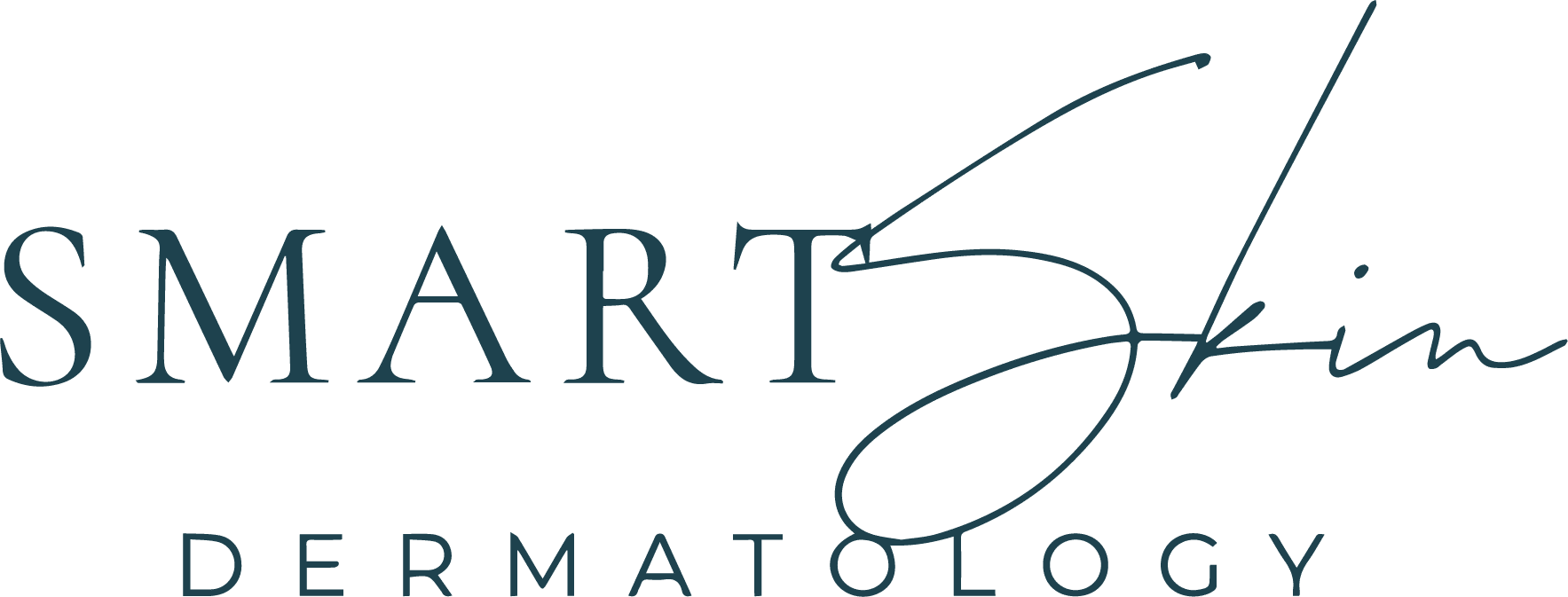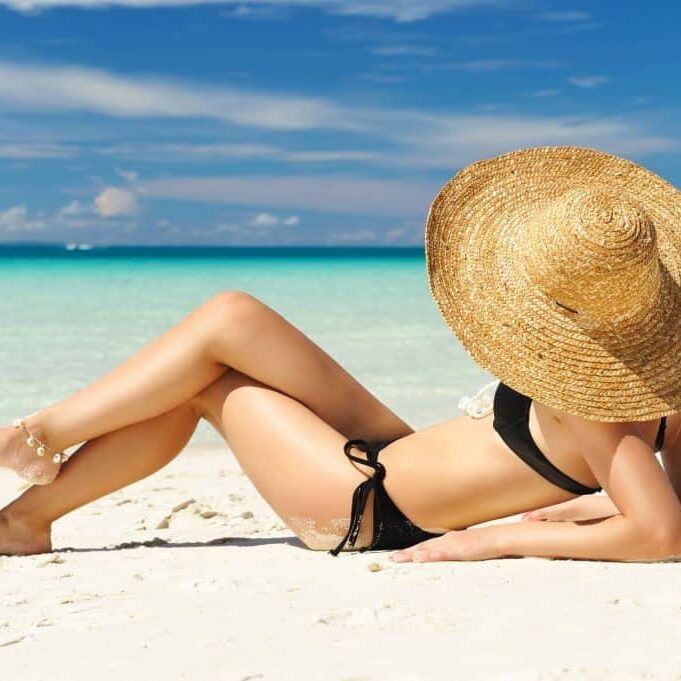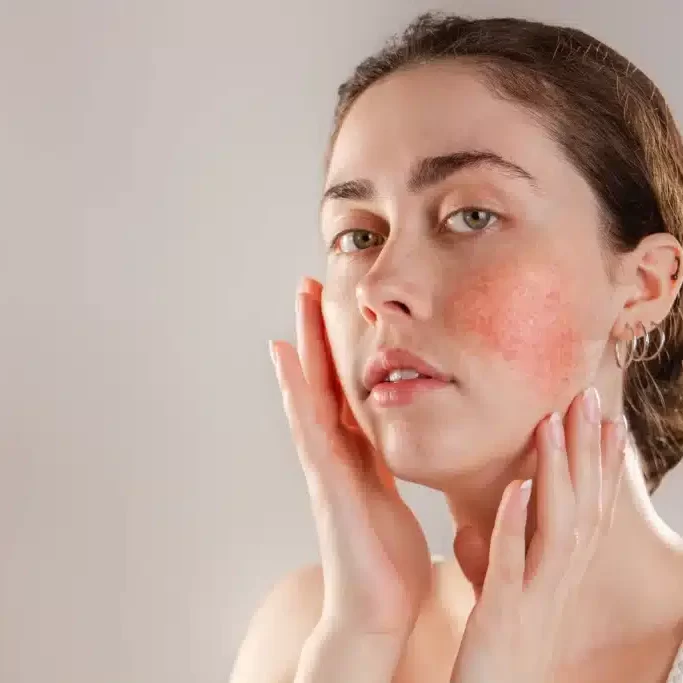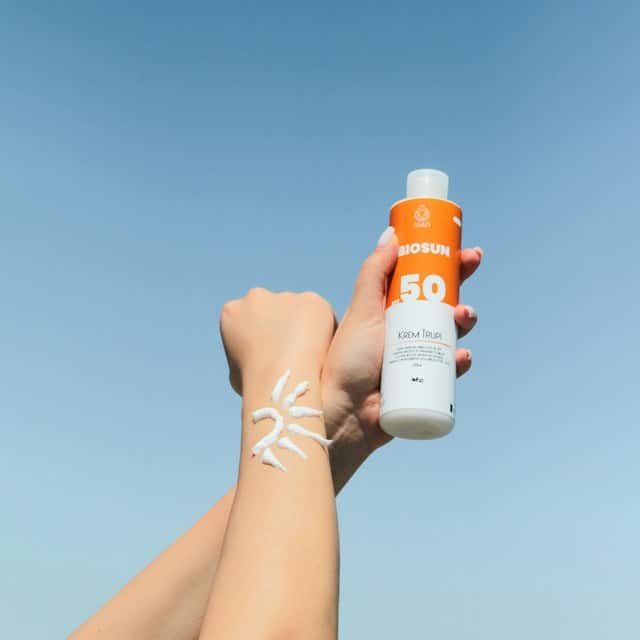How to Remove Facial Warts?
What are warts?
Warts are skin growths that are developed by around 100 kinds of human papillomavirus (HPV). Warts can be found in areas like elbows, knees, and hands causing thickening of the top layers in the dermis. Even though they are not highly contagious, they can be acquired via one-to-one contact by coming through a small skin break. Similarly, warts can be spread to other places on the human body by infecting through tiny skin breaks. But the virus is not transferred by touching any object used by an infected individual. They can affect people of any age but are usually common between ages 12 to 16 as the study tells that around 10% of the general population and 20% of school-going kids develop them. People receiving treatments with HIV, organ transplants, or chemotherapy have a high chance of getting warts due to a weak immune system.
Types:
Common warts are thick, rough, and white bumps occurring from 1mm to 10 mm in size on the face, hands, elbows, and knees.
Filiform warts are long, narrow, and thread clusters that are 1 to 3mm at the base and affect the face, eyelids, or nose regions.
Flat warts are generally raised, smooth, 1 to 5mm skin-toned bumps that will occur in line from injections, scratching, or even shaving and seen on shins, face, or hands.
Plantar warts are rough, thick, and occur on weight-bearing regions like feet soles, etc, and can be painful. Wart infection can be explained as:
- Mild – may be one or a limited painless bump.
- Moderate – 10–20 bumps that are painless.
- Severe – pain that limits normal life activities, bleeding, or over 20 lesions, except for flat warts, which can be numerous, yet not bothersome
How are warts caused?
Even though warts are mainly caused via person-to-person contact, they are caused by sexual contact too. AN individual can get this infection after touching an open wart that is present on another person’s body. Likewise, warts have the possibility of spreading from one part of the same person’s body to another. It occurs when a person touches the wart and then touches another part of their own body. HPV is believed to be extremely strong and can stay for long periods on many kinds of surfaces but the major cause of occurrence is only via direct skin contact.
How to remove them:
As an initial step, you can try eliminating warts with home remedies. But if you are trying to remove a facial wart, then it is better to consult a skin expert before eliminating them. They will offer the right treatment suggestions and guidance for safe and effective wart treatment. Without having proper knowledge on many aspects, there are chances that you may develop any adverse reactions from the treatment itself. Few substances like salicylic acid must not come in contact with key parts like the eyes, nose, or mouth.
Home remedies:
- Salicylic acid is a widespread treatment option for removing warts. But several skin experts do not suggest they be used on facial warts.
- Some people also suggest the usage of Vitamin A as a topical application. While this is an off-label procedure, many studies have shown the effectiveness of some Vitamin A derivatives in eliminating warts.
- The derivative of Vitamin A from fish oil is another off-label treatment that has shown some results to eliminate the issue of warts on the skin.
Medical treatments
If the warts are not showing any signs of reduction even with the above home remedies, then it could be the right time to see the doctor. They will suggest any of the below medical treatment alternatives.
Cryotherapy: This treatment includes the usage of liquid nitrogen on the wart surface. Liquid nitrogen can freeze and eliminate the infected skin cells leading to falling off the wart. But these treatments have shown to leave a light or dark spot on the skin. So, individuals with light or dark skin types may want to stay away from this method for reducing facial warts.
Cantharidin: A skin specialist will cover the wart with a blistering compound named cantharidin and letting it stay for around 3 to 4 hours. This compound should be washed once there is any blistering or beginning of irritation. But again, this treatment is not suitable to be used on facial warts as the blistering issue may be severe in some people. This procedure is not yet approved by FDA due to this concern.
Surgical removal: Skin specialists will make use of a scalpel to scrape or cut the wart but only in case of a filiform wart. But again, this method is not employed on the face. They have the chance of clipping down the surface of the wart and later make use of liquid nitrogen to provide effective results.
Immunotherapy: This is a method that is done to enhance the immune system and eliminate the wart. It involves applying a series of injections with a substance termed candida antigen into the wart, it can enhance the immune system to reject the wart from the skin. There may also be the use of off-label topical agents to remove the wart and remove the wart.
As some treatments are not suitable to eliminate facial warts an expert will also suggest accurate treatment types including burning, laser, podophyllin, tretinoin as per needs.
Conclusion:
If you are looking to remove your facial wart, then head out to Smart Skin Dermatology who has around 20 years of combined experience in medical and dermatological requirements. We offer a comfortable, professional, and patient-focused experience with comprehensive specialties.
